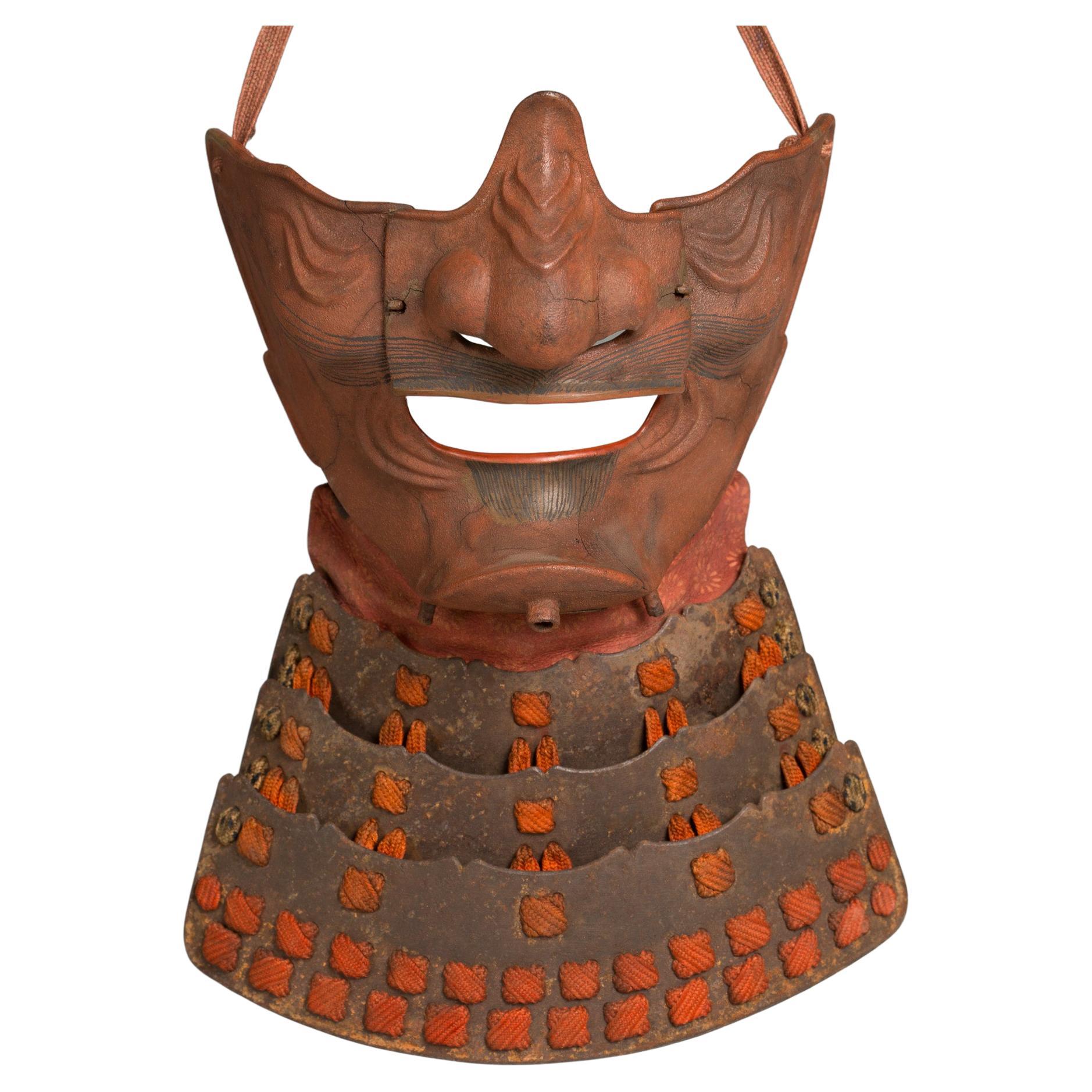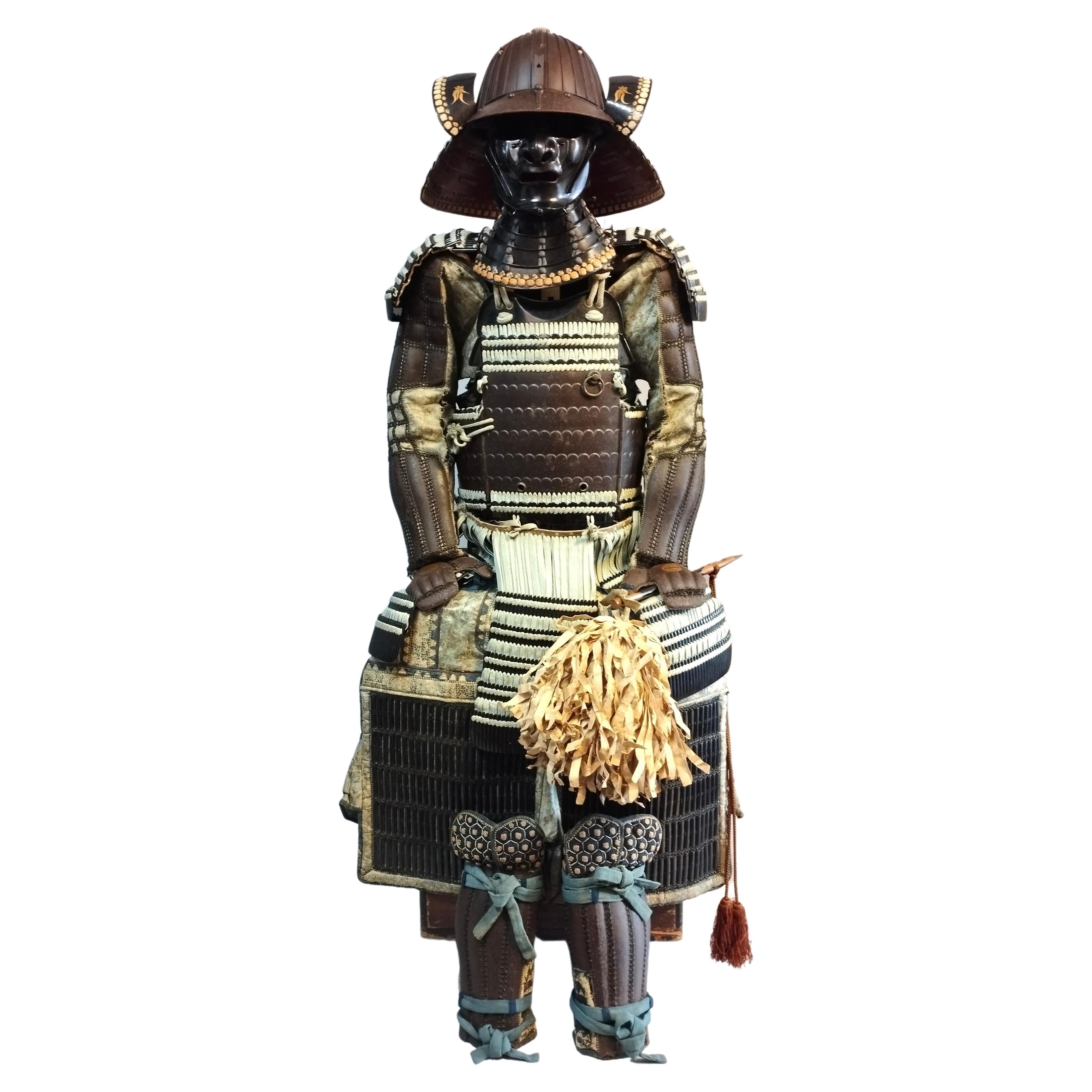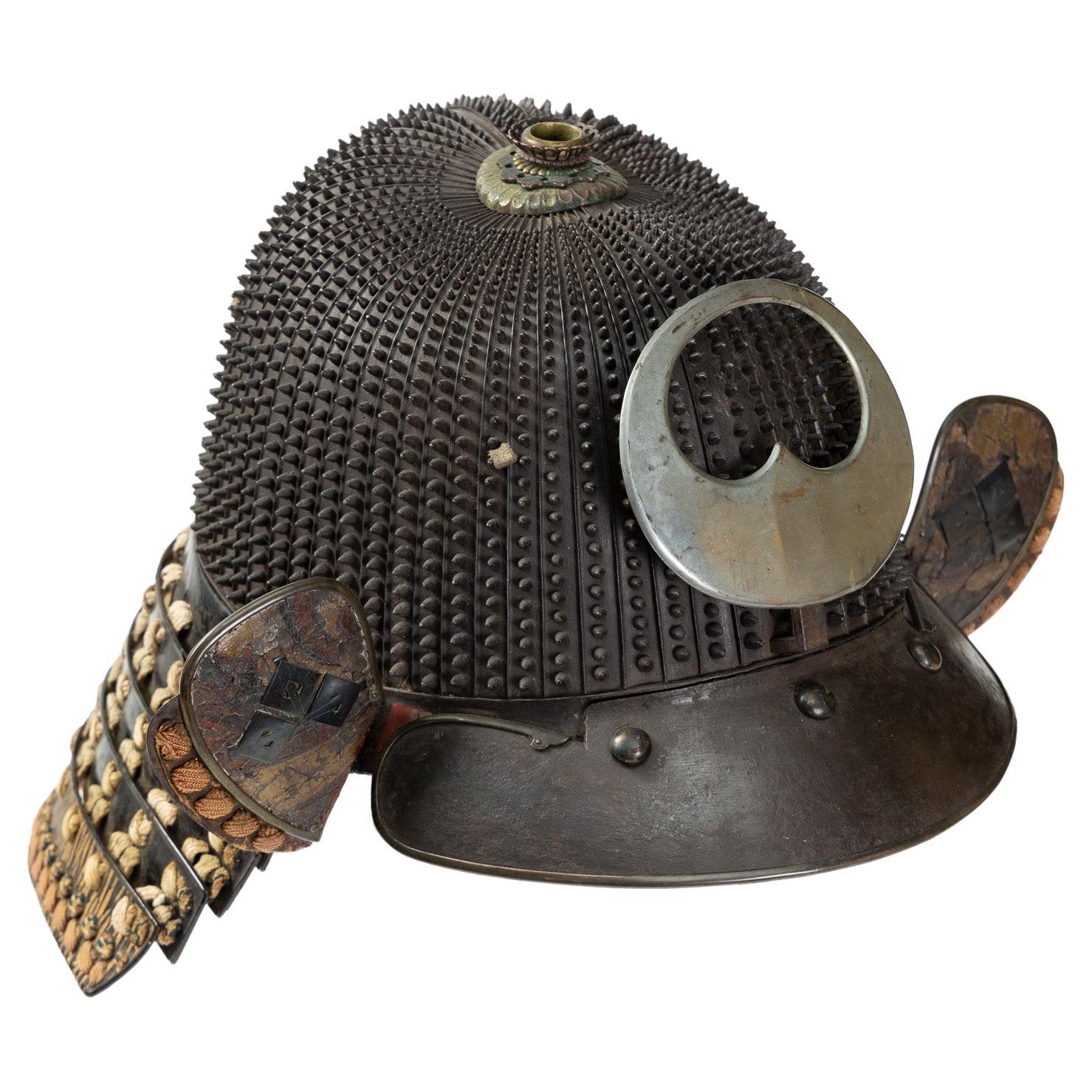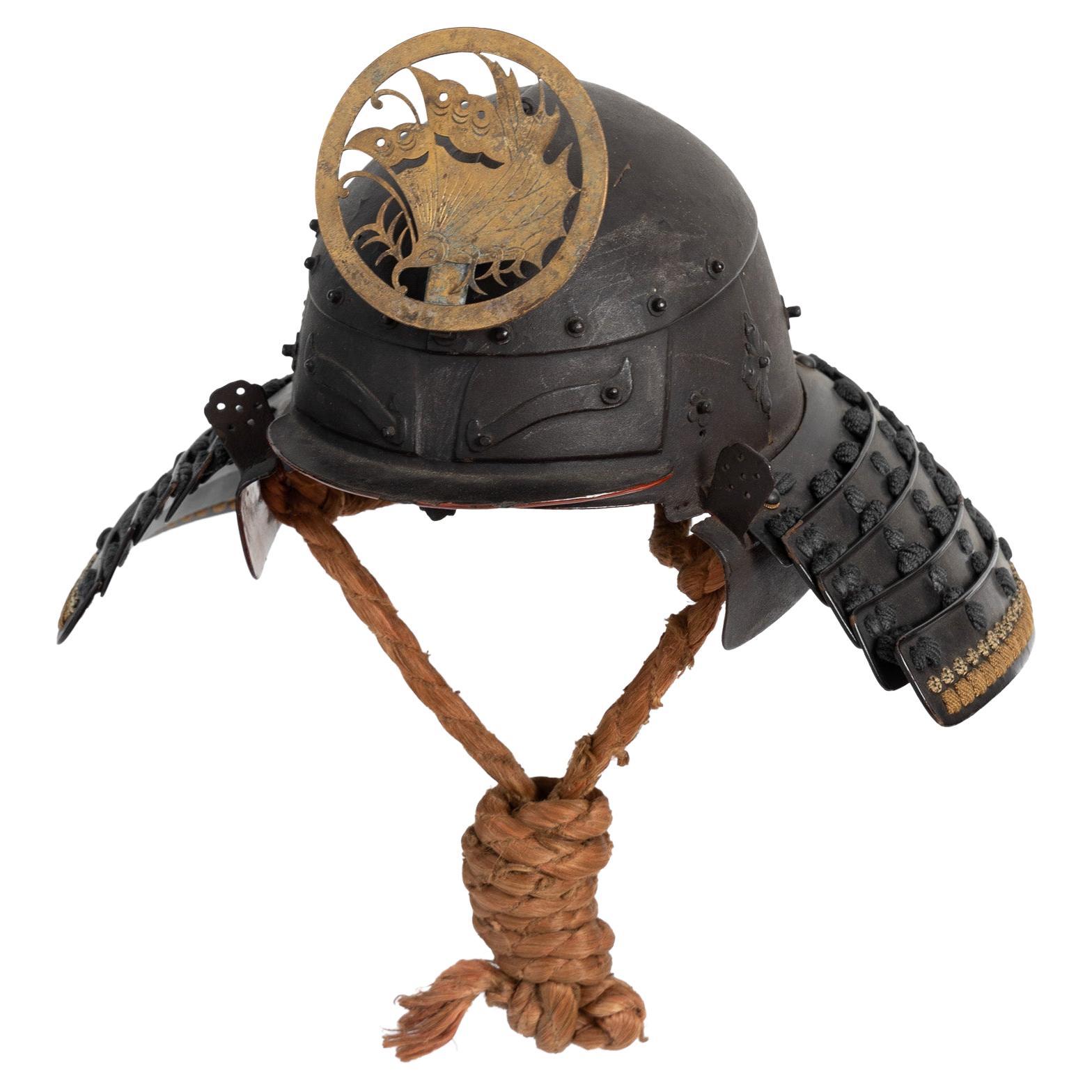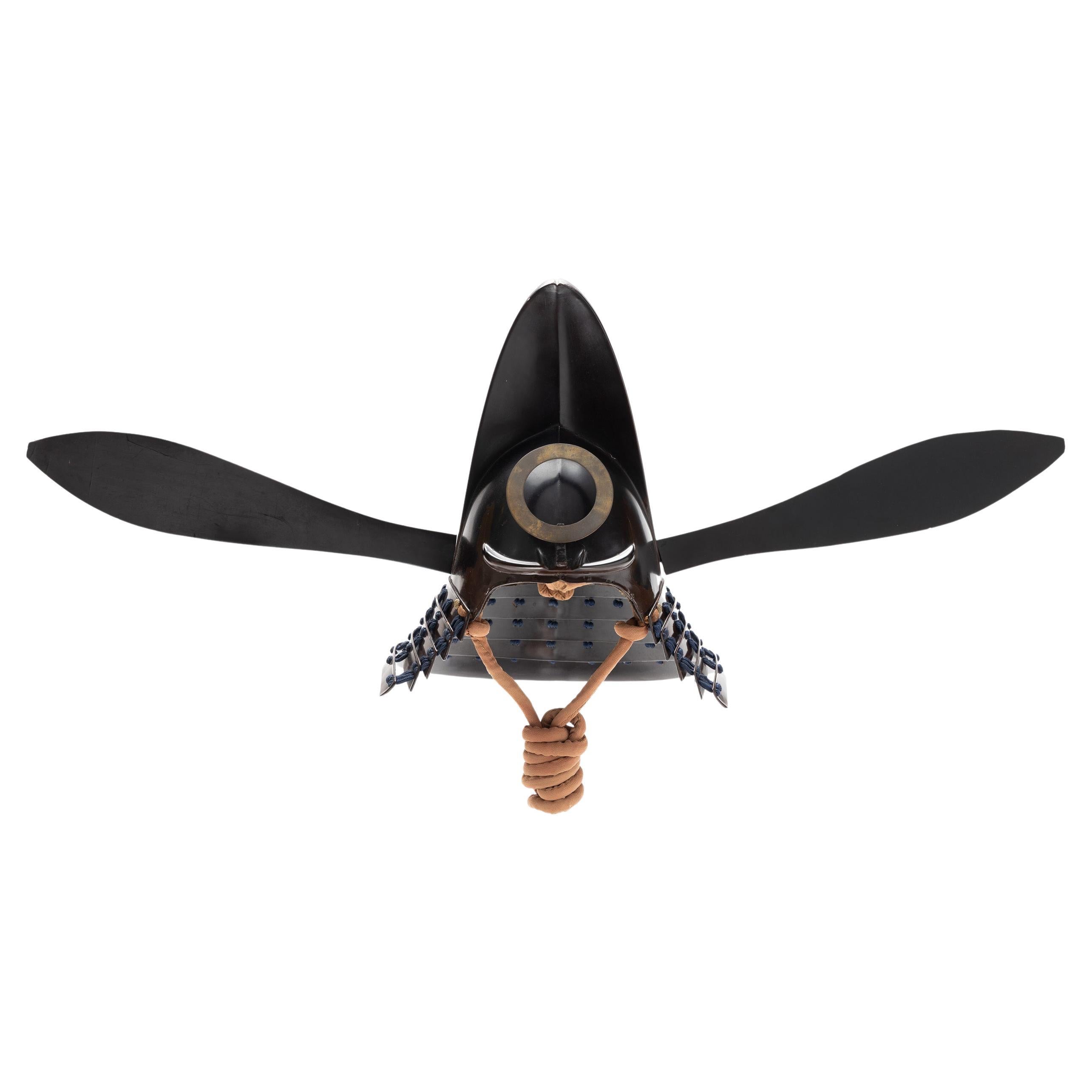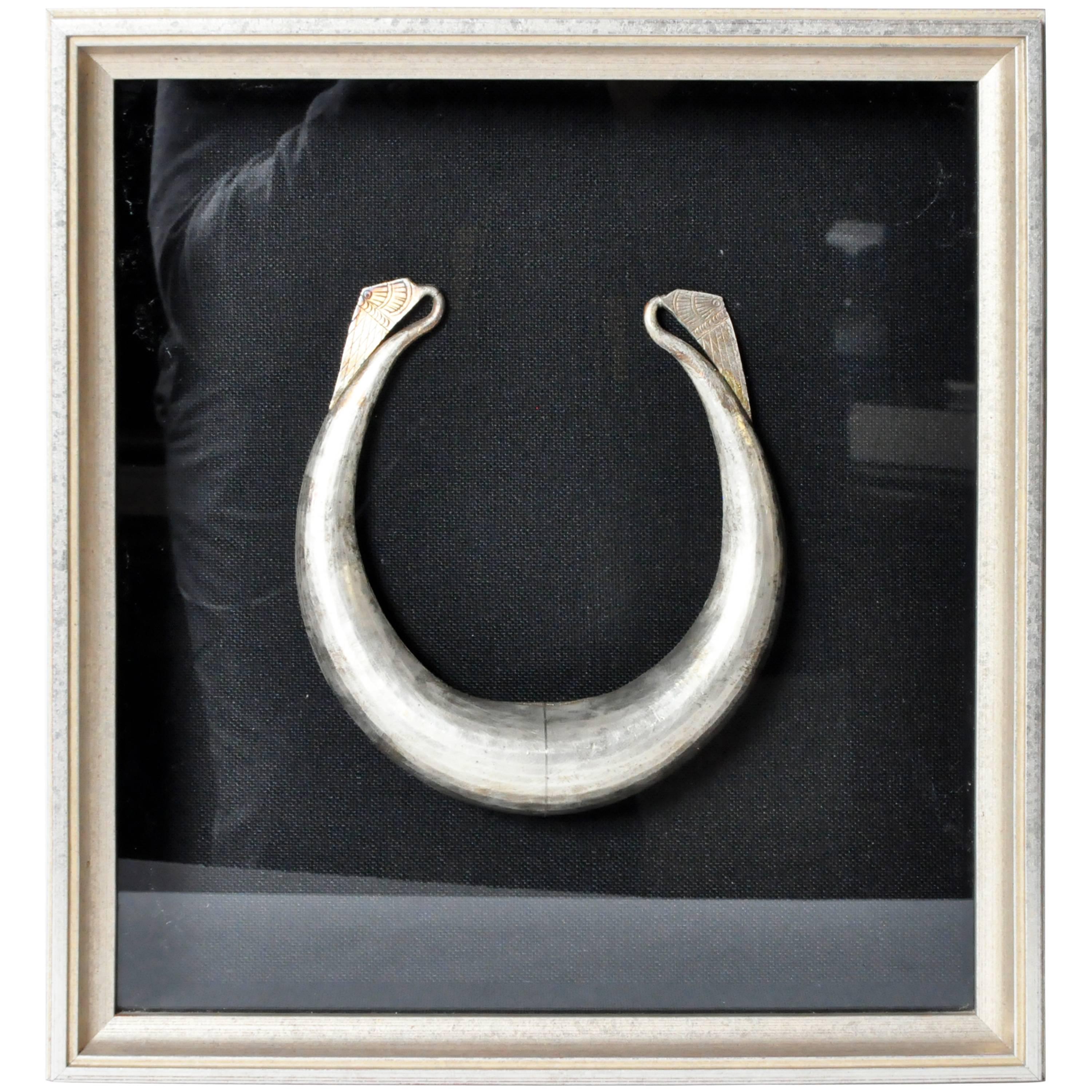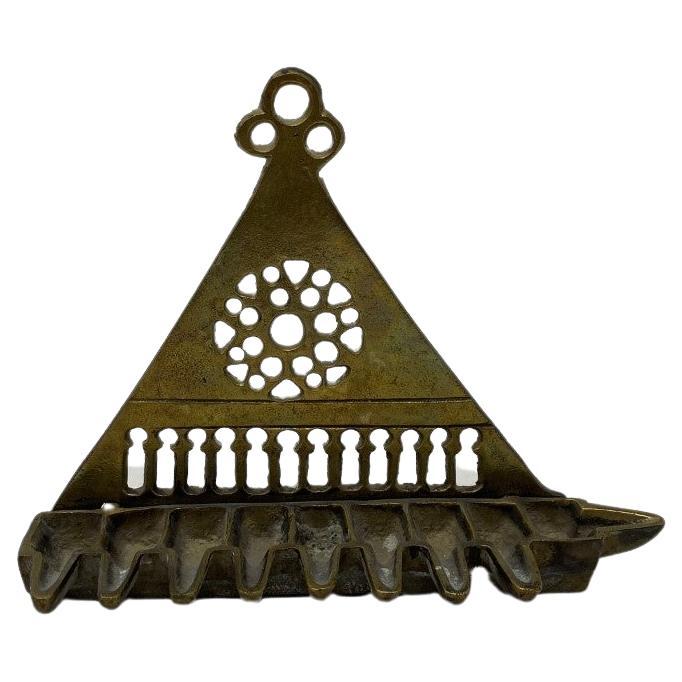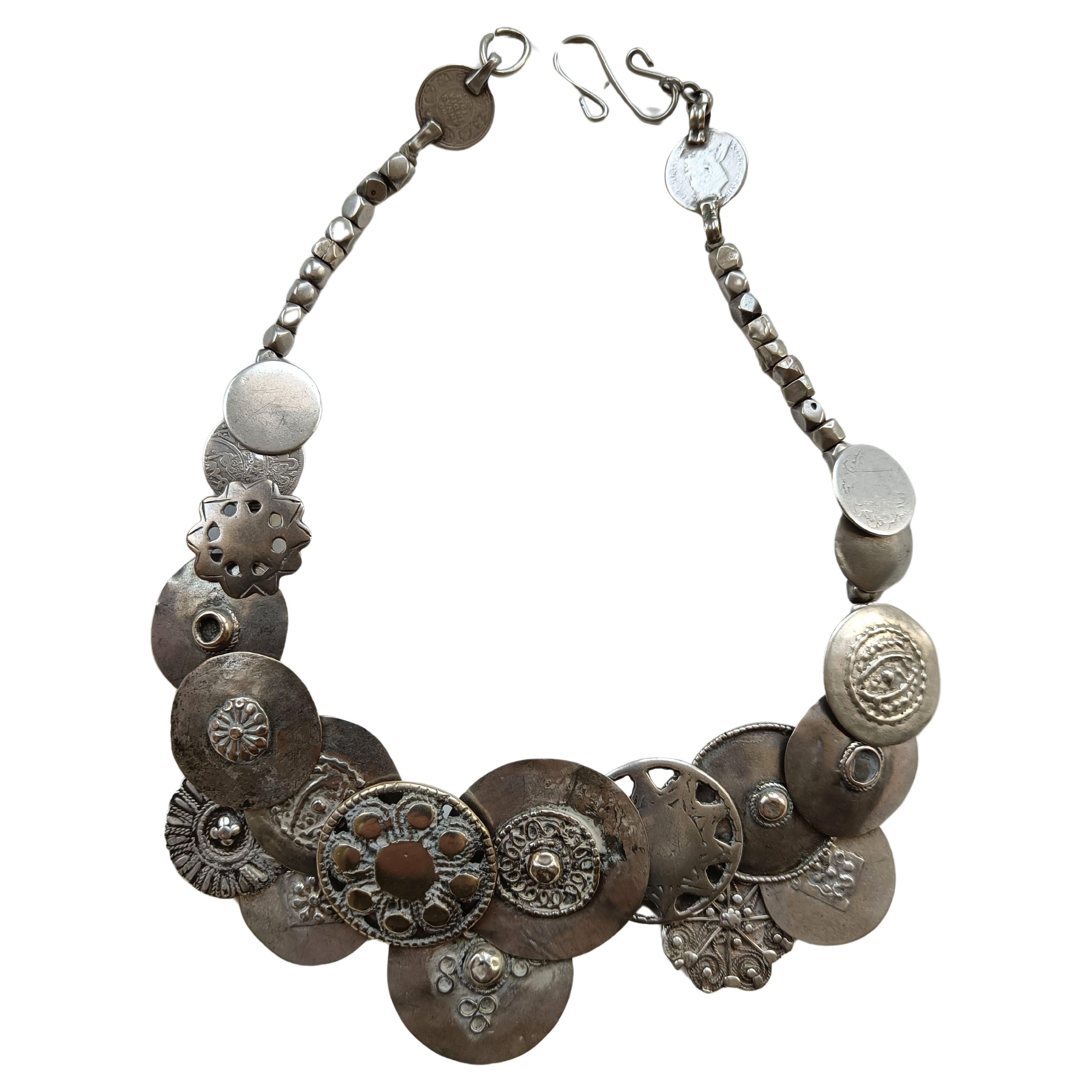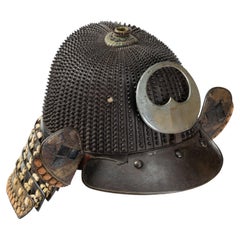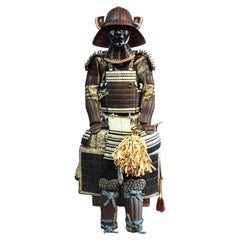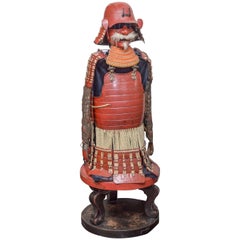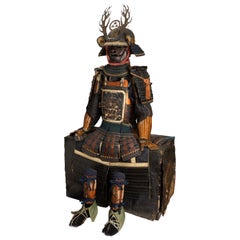
Samurai Armor from the Hirano Clan
View Similar Items
Want more images or videos?
Request additional images or videos from the seller
1 of 8
Samurai Armor from the Hirano Clan
About the Item
- Dimensions:Height: 59.06 in (150 cm)Width: 19.69 in (50 cm)Depth: 19.69 in (50 cm)
- Materials and Techniques:Iron,Lacquered
- Place of Origin:
- Period:
- Date of Manufacture:circa 1750
- Condition:
- Seller Location:Milano, IT
- Reference Number:Seller: 4171stDibs: LU4250215165192
About the Seller
5.0
Recognized Seller
These prestigious sellers are industry leaders and represent the highest echelon for item quality and design.
Established in 2005
1stDibs seller since 2018
10 sales on 1stDibs
Typical response time: 3 hours
More From This SellerView All
- Go-Mai Uchidashi Dō Tosei Gusoku Samurai Armor Decorated with an Embossed RabbitLocated in Milano, ITGo-mai uchidashi do tosei gusoku Samurai armor decorated with an embossed rabbit Edo period, 19th century This samurai armor is complete and original, with consistent elements...Category
Antique 19th Century Japanese Metalwork
MaterialsIron
$38,375Free Shipping - Samurai Mask with a Fierce Expression Ressei MenpoLocated in Milano, ITSamurai mask with a fierce expression Ressei Menpo DATE Edo period (1615 - 1867), 18th century A red lacquered high-level mask, with fierce (res...Category
Antique 18th Century Japanese Metalwork
MaterialsIron
- Koboshi Kabuto, Samurai Helmet with Standing Rivets Haruta SchoolLocated in Milano, ITKoboshi kabuto Samurai helmet with standing rivets Haruta School Early Edo Period, 17th century A 62-plate koboshi-bachi [helmet bowl with small s...Category
Antique 17th Century Japanese Arms, Armor and Weapons
MaterialsIron
- Okitenugui Kabuto Samurai Helmet Shaped as a Head Towel Saika, Early Edo PeriodLocated in Milano, ITOkitenugui kabuto Samurai helmet shaped as a head towel Saika, early Edo period, 17th century The Haruta armorers who moved to Kii province in the early 17th century, took the name from the village where they worked, Saika, near Wakayama, possibly on request of the local daimyo, Asano Yukinaga, a great armour amateur. Specialised in the construction of plate helmets, they produced mainly two typologies of kabuto: one with six plates covered with a chrysanthemum-shaped plate on top and one shaped as a “head towel”, called okitenugui. The latter type of kabuto employs very heavy plates crafted in a curved manner and was improved in order to make it resistant to firearms. This okitenugui kabuto features some distinctive decorations of the Haruta school, including the application of cut-out iron elements, including eyebrows, washers and lozenge-shaped decorations on the sides. The ring on the top, however, is a rare feature and could be used to hold a small war flag.Category
Antique 17th Century Metalwork
MaterialsIron
- Tōkanmuri Kabuto Samurai Helmet in the Shape of a Court CAPLocated in Milano, ITTokanmuri kabuto Samurai helmet in the shape of a court cap Momoyama to early Edo Period 17th century The wearing of helmets that reproduced the shapes of traditional ...Category
Antique 17th Century Japanese Metalwork
MaterialsIron
- Shinto Sunnobi Tanto by Takahashi Naganobu, 1846Located in Milano, ITA Shinto Sunnobi Tanto by Takahashi Naganobu, 1846 Unsho Takahashi Naganobu / A lucky day of August Koka san-nen (1846) Yokota became monk with this sword - NBTHK Tokubetsu Hozon To...Category
Antique 19th Century Japanese Metalwork
MaterialsIron
You May Also Like
- 18th Century Hirate Clan Samurai Armor with Signed Kabuto HelmetLocated in Fukuoka, JPThis is a truly exceptional set of 18th century Samurai armor that is sure to impress any collector or enthusiast. The patinated iron used in its construction has aged beautifully, giving the armor a truly unique appearance that is sure to catch the eye. The brocade silk and cotton padding used to line the armor not only provide a comfortable fit for the wearer, but also add an extra layer of decorative flair. One of the most striking features of this armor is the crests of the Hirate samurai clan that adorn it. These crests are a symbol of the clan's identity and heritage, and their presence on the armor speaks to the deep connection between samurai warriors and the clans they belonged to. The Kabuto...Category
Antique 18th Century Japanese Antiquities
MaterialsIron
- Suit of Red Lacquer Japanese Fighting Armor of the Late Edo PeriodLocated in San Francisco, CASuit of red lacquer Japanese fighting armour of the late Edo period, (1716-1868). Desirable coral red lacquer is original and unrestored. Composed of a helmet, (Kabuto) breast plate (Do) and shoulder, arm protection (chainmail). Displayed with a later recreation expressive face plate of modern manufacture (nose, mustache). Also displayed with (photos 3 & 4) a period red lacquer partial face plate (Hambo) with replacement throat guards. All of the assembled parts are of same age, quality and color. Old silk and linen sleeve and helmet linings decayed or shredding. The Meiji period wood...Category
Antique 19th Century Japanese Metalwork
MaterialsIron
- H’mong Tribe Silver Spirit Lock NecklaceLocated in Chicago, ILThis finely crafted piece was made high in the mountains of Southeast China, Laos, Thailand and Burma (modern day Myanmar) by an indigenous hill tribe. The Hmong people are known for...Category
20th Century Laotian Tribal Metalwork
MaterialsSilver
$11,250 Sale Price19% Off - Yao Tribe Silver TorcLocated in Chicago, ILThis finely crafted piece was made high in the mountains above Thailand, Laos and Burma (modern day Myanmar) by an indigenous hill tribe. The Yao people are skilled silversmiths who ...Category
20th Century Laotian Tribal Metalwork
MaterialsSilver
$2,100 Sale Price25% Off - Vintage Triangular Hanukkah MenorahLocated in San Diego, CABeautiful vintage Hannukah Menorah. This vintage piece is a replica of a menorah from the 14th century southern Europe. Made in Israel, this piece is ...Category
Vintage 1970s Israeli Baroque Metalwork
MaterialsBrass
$108 Sale Price20% Off - Khitan Liao Dynasty Gold Clad Horse Trappings, 10th-11th Century, ChinaLocated in Austin, TXA wonderful and rare set of Khitan Liao gold clad copper alloy repousse horse trappings, featuring thirteen pieces on a modern museum display mount, Liao Dynasty...Category
Antique 15th Century and Earlier Chinese Tang Metalwork
MaterialsCopper, Gold

